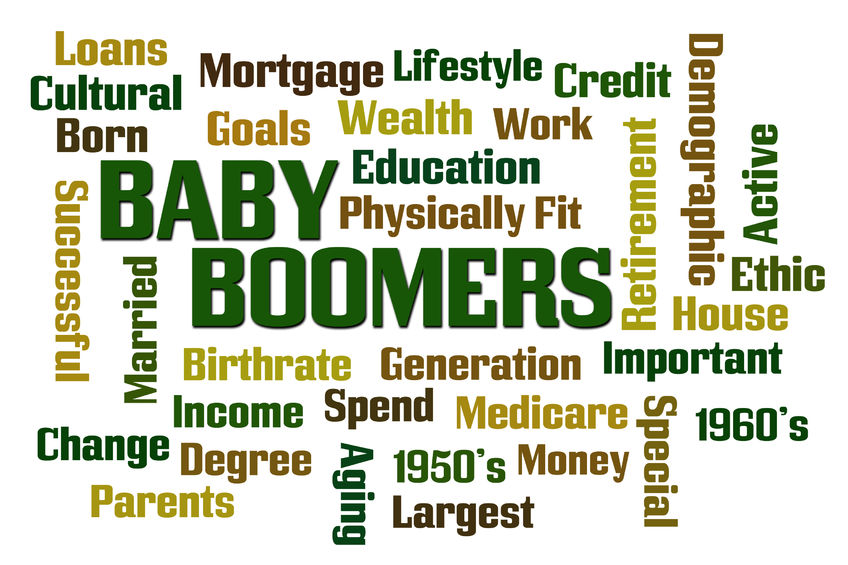What do Baby Boomers really want?
By Pam McDonald
As a writer about seniors and the senior living industry, I’m always looking for information that answers the question: What do Baby Boomers want? – especially as it relates to how we/they want to spend our/their senior years.
I recently came across a report titled “Baby Boomers & Their Homes: On Their Own Terms“. It reflected survey results for about 4,000 Boomer households regarding their current living situations, their intentions to move, and their housing preferences. Most of the key findings are thought provoking (and I’ll detail some below), but, more than that, I was captivated by the organization that produced the report.
It’s called The Demand Institute. I’d never heard of it, but according to its website, they provide “an objective, non-partisan perspective on where consumer demand is headed tomorrow – and what it means for leaders today.” They don’t focus specifically on housing; instead they look at how consumer demand is evolving “across industries, countries and markets” with the aim to “help government and business leaders align investments with where consumer demand is headed.”
The Demand Institute
The Demand Institute is a non-advocacy, non-profit organization and a division of The Conference Board, a business membership group with 1,200+ members in 60 countries. This nonprofit convenes conferences and peer learning groups, conducts economic and business management research, and publishes, among other reports, a composite Leading Economic Index that reviews ten indicators to predict activity in the U.S. economy six to nine months in the future.
The Conference Board jointly operates the Demand Institute with Nielsen, which most of us know as the TV rating service. They have expanded their interests enormously and now study what consumers watch (media consumed) and buy in more than 1,000 countries. They offer businesses insights into consumer behavior and where they’re headed next.
In addition to the Boomer homes survey, the Demand Institute is offering free reports on the “Housing Satisfaction Gap,” which looks at what people want but don’t have; “Location Matters,” which describes what people are moving closer to and further from as well as where they will go; and “The Shifting Nature of Housing Demand: The U.S. Housing Marketing is Growing Again – But Not As We Knew It,” which examines the trajectory of the housing market since the housing bubble burst.
What do 4,000 Baby Boomers really think?
For their Boomer homes report, the Demand Institute surveyed more than 4,000 Americans between the ages of 50 and 69. Here’s a sampling of what they found:
-
Fewer than half of Boomer households are retired today. A majority plan to retire five years from now.
-
Their median assets are $240,000 – more than half of which is tied up in their homes.
-
63% of Boomers plan to “age in place,” staying in homes they’ve lived in for a decade or more.
-
For 85%, the decision to stay is a matter of choice; but, for a subset, financial or other circumstances keep them from moving.
-
Boomers feel they can remain in their homes as they get older, despite the fact that many of these homes lack age-friendly features: only 58% are single story, 47% offer low maintenance and upkeep, and 27% are accessible for special needs and disabilities.
-
39% plan major home improvement in the next 3 years to
-
-
increase home value – 78%
-
make repairs – 78%
-
increase energy efficiency – 66%
-
update home style – 65%
-
-
37% of Boomers plan to move, but not necessarily to downsize; 46% are looking for nicer homes and more space.
-
Whether upsizing or downsizing, Boomers want single-story homes; 48% have that in their current home, 75% plan to have it in their next home.
-
67% will stay in the state where they currently live; 24% plan to stay within 10 miles of where they currently live; 27% from 10 to 29 miles; and 49% 30 miles or more.
-
The median outstanding mortgage balance for those age 50 to 69 has grown 142% since 1992; a mortgage debt much larger than earlier generations as they reached age 65. More than half those planning to purchase new homes will seek mortgage financing to do so.
-
Communities that once were comprised of young families will have more seniors, many on their own with mobility limitations or special needs.







